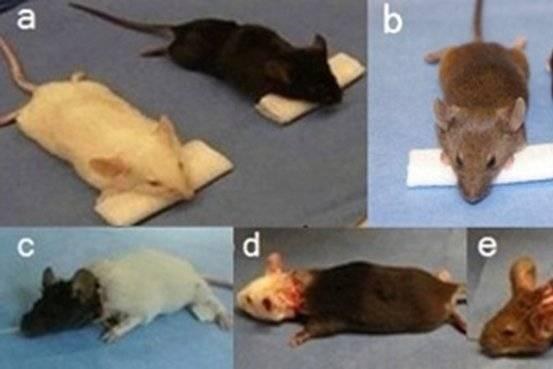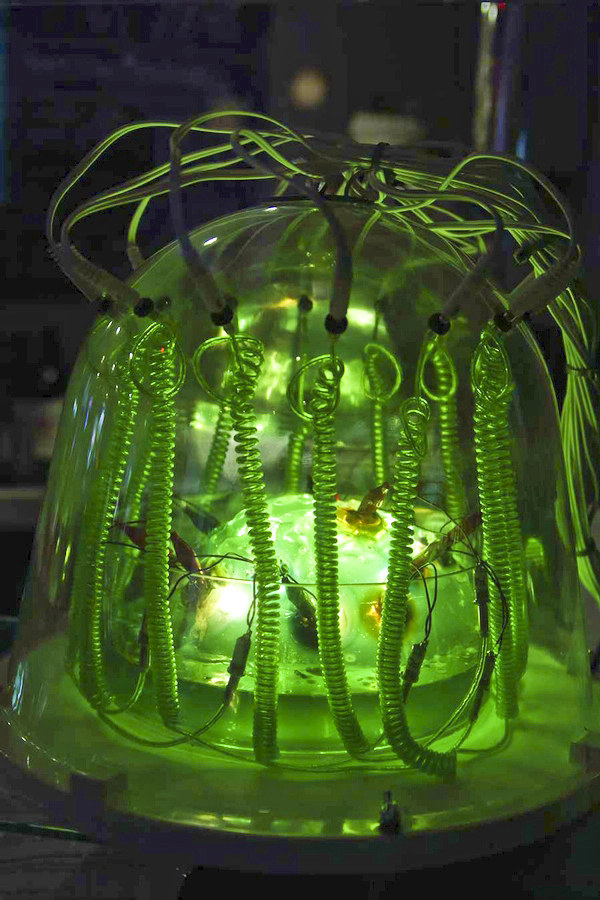1. The bubonic plague-carrying giant gerbils of Kazakhstan (no, really)
2. Plants can turn into zombies too

3. Why are kids scared of funny things?

4. Bats, like vampires, sleep with their pals

5. Dear Esther: the science of scary storytelling
View this video on YouTube
Everyone loves a good ghost story. People like scary computer games too, like ‘The Last of Us’, that blend action, fear and a gripping narrative. But what makes them so appealing?
To research storytelling, Dr Dan Pinchbeck at the University of Portsmouth created what he calls “an interactive ghost story” called Dear Esther, where much of the game experience was stripped away to bring a creepy story to the fore.
The player takes control of a mystery character wading onto the shore of an uninhabited Scottish island. Three intertwining stories involving a Scandinavian hermit, a syphilitic 18th century explorer with a laudanum habit and a possibly drunk pharmaceutical salesman are revealed through fragments of letters to Esther read by a narrator, triggered as the player passes over particular locations.
Funded by AHRC, the award-winning game was deconstructed by rabid fans online and raised questions as to whether it was really a game or a dark “virtual art installation”. The author states this type of creative research should be repeated so universities can have a more meaningful dialogue with the multi-billion pound gaming industry.
6. Fangtastic restorative red stuff
7. Head transplant, anyone?

8. Post-funeral decomposition

9. Why are we more scared when we’re children?
View this video on YouTube
When we’re little kiddies almost anything from clowns to your big brother telling you the world is going to end tomorrow can freak us out. Ok, clowns are scary all the time, but in general as we age it takes more to get the fear factor flowing. Why?
Whilst investigating how our brain functions change as we age, researchers may have stumbled across the answer – distraction. As a part of a suite of experiments, scientists at the Cambridge Centre for Ageing and Neuroscience (Cam-CAN) showed 218 subjects aged 18-88 a scary thriller by master of suspense Alfred Hitchcock, called ‘Bang! You’re Dead’, where a child could accidentally shoot someone dead at any moment (see 02:48 video above to watch the research in action) while using functional magnetic resonance imaging (fMRI) to measure their brain activity.
Younger subjects’ brains showed similar responses at similar points in the programme. But in older people this similarity tended to disappear – their thought processes became more idiosyncratic, possibly because they were more distracted. The BBSRC-funded research suggests our ability to respond to everyday events differs with age, most likely due to altered patterns of attention.
10. Digging up bodies: secrets of Stonehenge skeletons

11. Brain-in-a-jar

12. I ain’t afraid of no ghost (particle)

13. Lightning force – 21st century style




